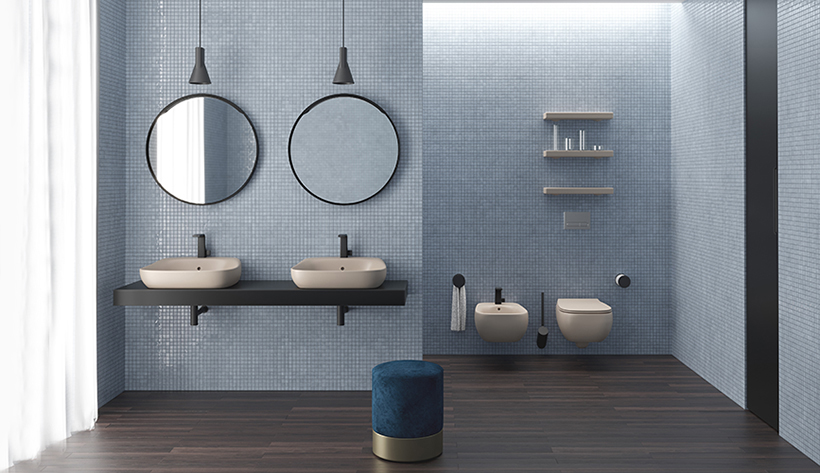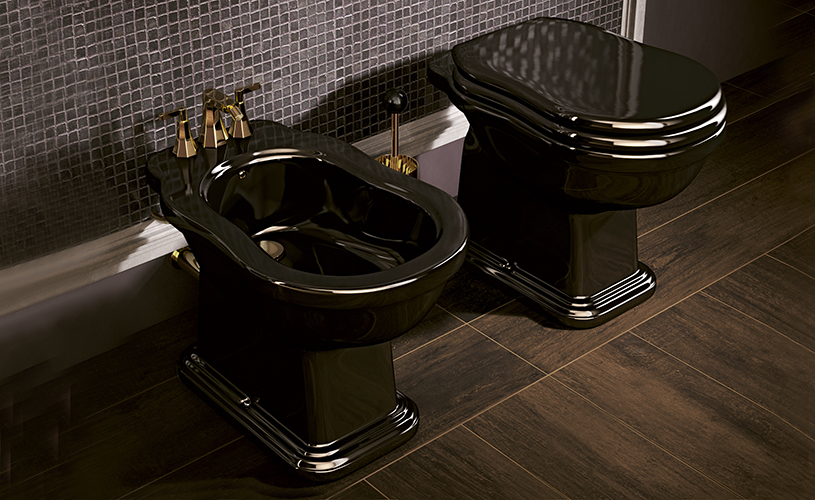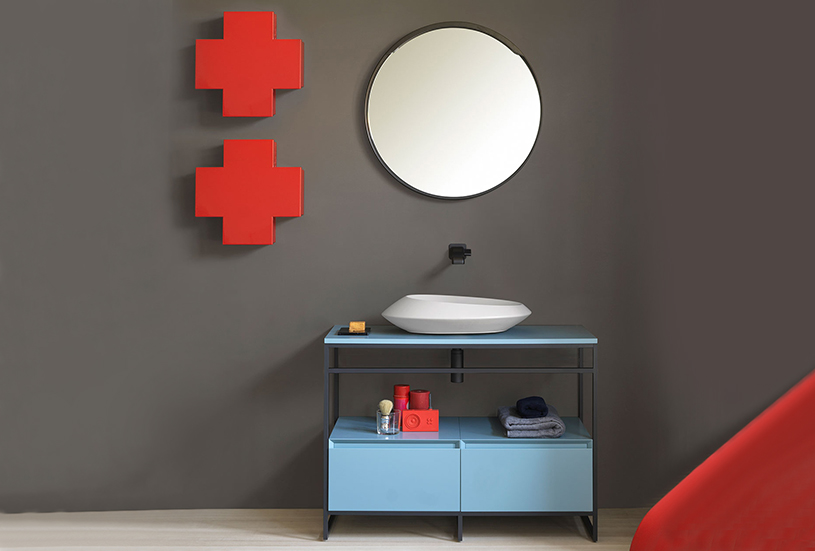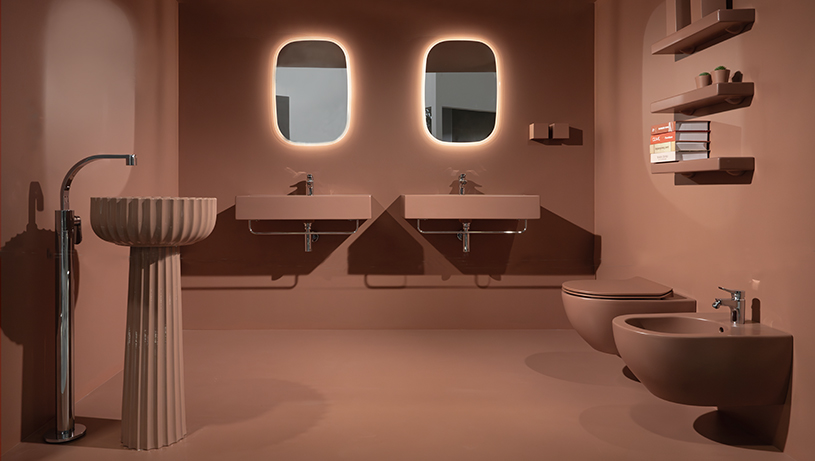The bathroom is the room in the home dedicated to personal care and wellbeing. It is precisely in this connection that Feng Shui principles come to our aid. Feng Shui, an ancient Chinese Taoist philosophy, tells us that the healthiness of an environment depends on our ability to design it and furnish it by taking into due account the harmony of the natural elements. Accordingly, furnishing choices are believed to have an impact on a person’s energy and spiritual balance.
Bathroom orientation and location
The location and orientation of the bathroom is crucial according to Feng Shui principles. The advice is to place the bathroom in the northern part of the house as this cardinal point is associated with the water element. Furthermore, the bathroom should not be adjacent to the kitchen where the fundamental element is fire: having these two rooms close to each other would create an energy contrast. The central part of the house where energy flows is also not recommended. Even though, for convenience, in modern flats it is common practice to put an en suite bathroom in the bedroom, this practice is not well regarded by Feng Shui as it may disturb sleep. Another area that should be avoided is the entrance.
Needless to say, these are the dictates of this ancient and fascinating oriental philosophy, but it is not always possible to respect them because of space constraints.
Within the room, it would be best to separate the space where the toilet and bidet are located from the space dedicated to care and relaxation. If it is not possible to have two separate rooms, a piece of furniture or a partition can be used.
According to Feng Shui principles, there should be no lack of natural light and air in the room and big windows are a must; a ventilation fan can also be installed, or mirrors that reflect the light and plants that purify the air.
Colours and coverings
According to Feng Shui principles, furnishing means giving preference to orderly, harmonious rooms where superfluous trappings are eliminated. Colours should also contribute to create a relaxed and harmonious atmosphere, and hence soft tones and pastel colours should be preferred, with special regard to all the nuances associated with water. Conversely, colours on the red scale that relate to fire are to be avoided. For wall coverings, go for resins and solid colour tiles, whether white or a soft colour, or with patterns and decorations reminiscent of sea waves.
Furniture and Sanitary ware
Feng Shui furniture should be minimalist and essential, with soft, sinuous shapes, and the same applies to sanitary ware. Many collections in the Flaminia catalogue meet this requirement, one in particular being the Fluo collection of wall-hung washbasins and sanitary ware, whose organic shapes seem to have been smoothed by water; another option is the Bonola series with its fluid, circular lines. Equally appropriate is the App collection, which includes a bathtub. If the size of the room allows it, the ideal would be to install a curvy free-standing bathtub such as the App or the Io models.
Visit Flaminia’s website and the appropriate products.



